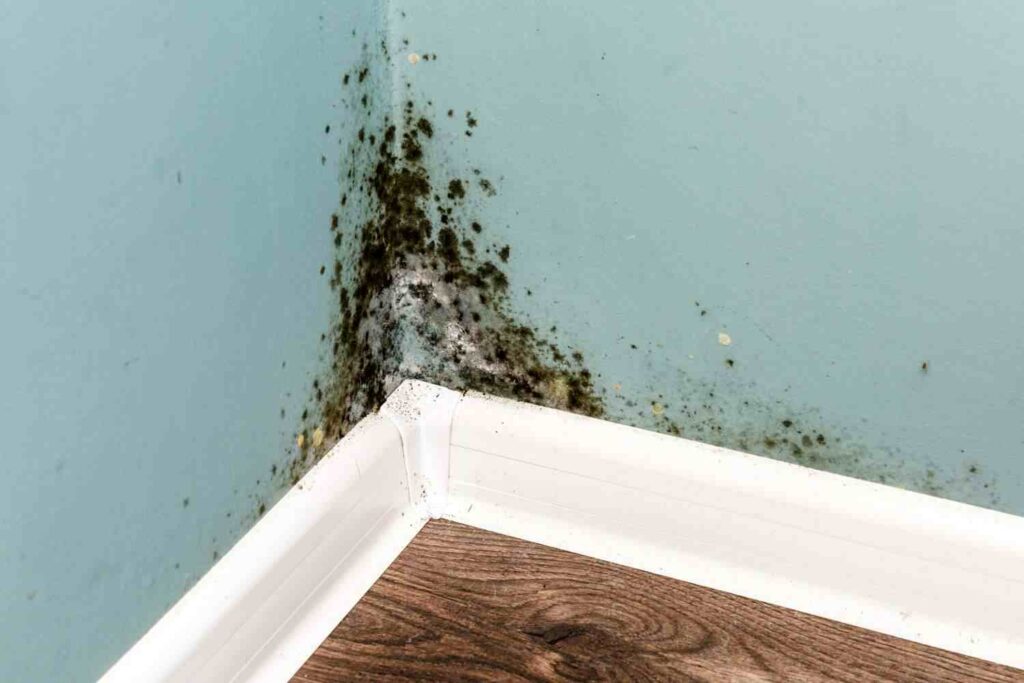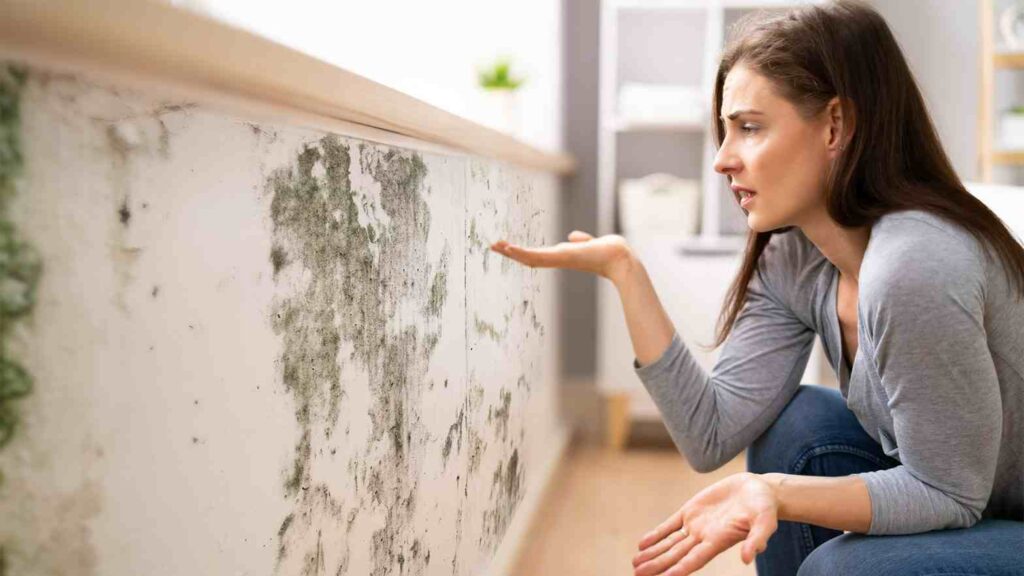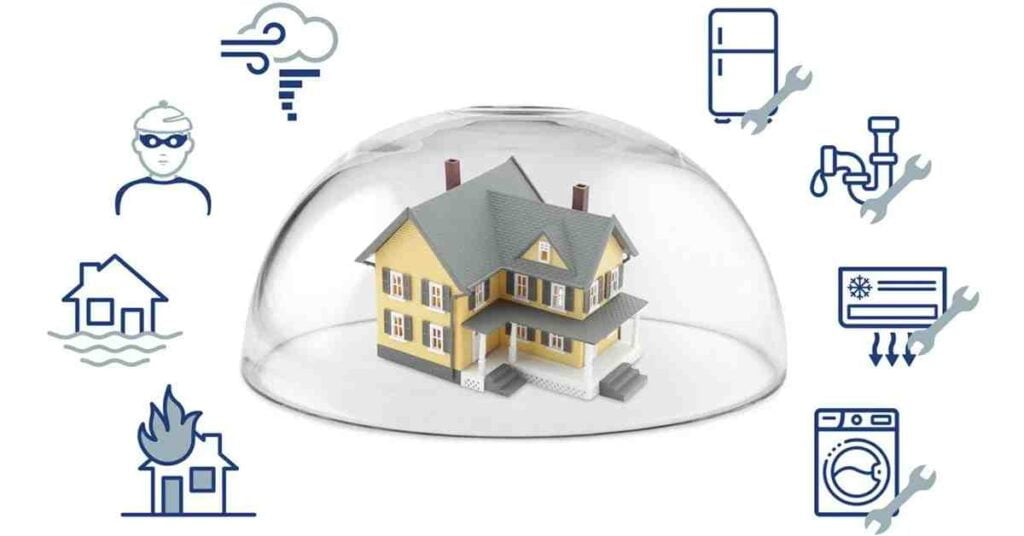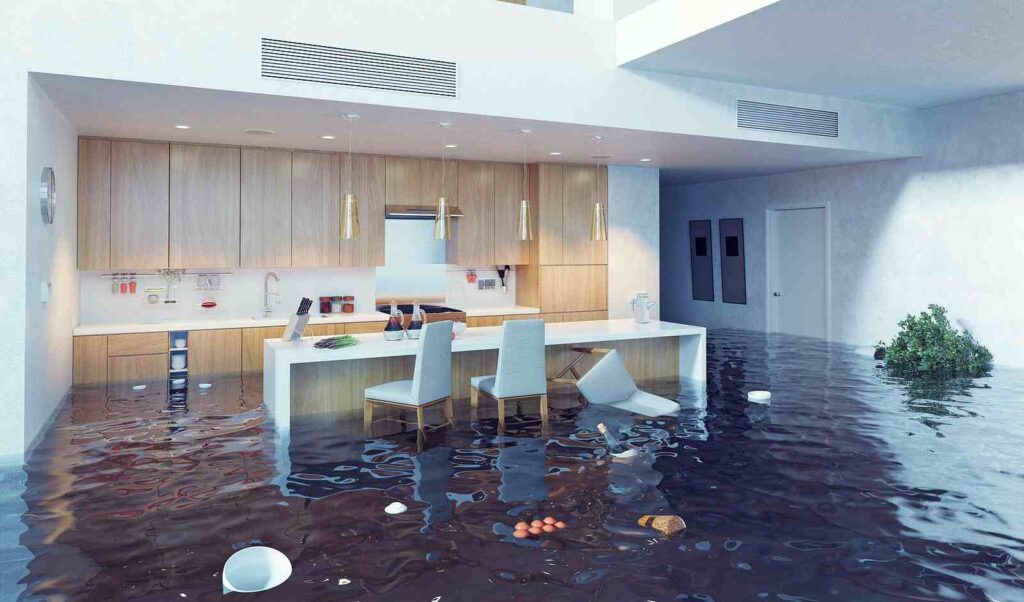If you’re renting a home or an apartment, you might be wondering about renters insurance and what it covers. One common concern is mold. Mold can grow in damp areas and cause damage to your belongings, as well as health issues. So, does renters insurance cover mold problems?
In this article, we’ll break down what renters insurance covers when it comes to mold, what it doesn’t cover, and how you can protect yourself. Whether you’re a first-time renter or have been renting for years, understanding your insurance policy is important for keeping your home safe and your belongings protected.
When Does Renters Insurance Cover Mold
Renters insurance can cover mold damage, but it depends on the cause of the mold. Here are the key scenarios when renters insurance typically covers mold:

1. Caused by Covered Perils: Renters insurance may cover mold damage if it results from a “named peril” in your policy, such as:
- Burst pipes
- Fire damage leading to water exposure
- Windstorm-related damage.
2. Personal Property Protection: Coverage typically applies to personal belongings, such as furniture and electronics, affected by mold due to a covered peril. If mold damages these items, you may be eligible for compensation up to your policy limit.
3. Loss of Use Coverage: If you must temporarily vacate your rental due to mold caused by a covered event, your renters insurance may cover additional living expenses, such as hotel costs.
When Doesn’t Renters Insurance Cover Mold
Renters insurance doesn’t always cover mold damage. Here are some common scenarios where mold damage is typically not covered:
- Negligence: If the mold damage is due to negligence, such as failing to address a leak or not maintaining the property properly, renters insurance usually won’t cover it. For example, if you notice a small leak and don’t fix it, leading to mold growth, your claim may be denied.
- Flooding: Mold caused by flooding is generally not covered by standard renters insurance policies. Flood damage requires separate flood insurance. If mold develops due to floodwaters, you would need a flood insurance policy to cover the damage.
- Maintenance Issues: Mold resulting from long-term maintenance issues, like a slow leak or poor ventilation, is typically excluded. Insurance companies expect tenants to maintain their living spaces and address minor issues before they become major problems.
- Wear and Tear: Damage from normal wear and tear, including mold, is not covered. Renters insurance is designed to cover sudden and accidental damage, not gradual deterioration over time.
- Specific Exclusions: Some policies explicitly exclude mold damage unless it results from a covered peril. Always check your policy for specific exclusions related to mold and other types of damage.
To avoid surprises, it’s crucial to understand the limitations of your renters insurance policy. Regular maintenance and prompt attention to potential issues can help prevent mold growth and ensure you’re covered if something unexpected happens.
Additional Coverage Options
If your standard renters insurance policy doesn’t cover mold, you can explore additional coverage options to ensure you’re protected. Here are some options to consider:
- Mold Endorsements: Many insurance companies offer endorsements or riders that you can add to your renters insurance policy for an additional premium. These endorsements specifically cover mold damage that might not be included in your standard policy. They can provide coverage for mold remediation and repair costs.
- Water Backup Coverage: Water backup coverage is another endorsement that can be added to your policy. This coverage protects against damage caused by water backing up through sewers or drains, which can lead to mold growth. It’s particularly useful if you live in an area prone to heavy rainfall or flooding.
- Flood Insurance: Since standard renters insurance policies typically do not cover flood damage, purchasing a separate flood insurance policy can be beneficial. Flood insurance can cover mold damage resulting from flooding, which is otherwise excluded from standard policies.
- Comprehensive Coverage: Some insurance providers offer comprehensive renters insurance policies that include broader coverage for various types of damage, including mold. These policies might come at a higher premium but can provide peace of mind by covering a wider range of risks.
- Scheduled Personal Property Coverage: If you have valuable items that you want to protect from mold damage, consider adding scheduled personal property coverage. This endorsement allows you to specifically list high-value items and ensures they are covered for various types of damage, including mold.
Dwelling Protection in Renters Insurance
Review your renters insurance policy and speak with your insurance provider to understand your current coverage and explore additional options. Adding endorsements or purchasing separate policies can help ensure you’re fully protected against mold damage.
Claim Process for Mold Damage
Filing a claim for mold damage under your renters insurance involves several important steps. Here’s a straightforward guide to help you through the process:

- Document the Damage: Capture clear images and videos of the mold and any affected areas. This visual evidence is crucial for your claim. Save any receipts, repair estimates, and communications related to the mold issue.
- Notify Your Landlord: Notify your landlord about the mold problem as soon as possible, preferably in writing. This helps establish a record of the issue.
- Contact Your Insurance Provider: Contact your insurance company to report the mold damage. Provide them with all the documentation and details about the damage. Your insurance provider will guide you through the next steps, which may include filling out claim forms and providing additional information.
- Arrange for Mold Cleanup and Remediation: Work with professional mold remediation services to clean up and repair the damage. Your insurance company may recommend or require specific contractors. Save all receipts and invoices related to the cleanup and repairs for reimbursement purposes.
- Cooperate with the Insurance Adjuster: An insurance adjuster may visit your rental property to assess the damage. Be available to answer any questions and provide additional information. Give the adjuster all the documentation you have collected, including photos, videos, and receipts.
- Review the Settlement: Once the insurance company processes your claim, they will provide a settlement offer. Review it carefully to ensure it covers all the damages and expenses. If you have any questions or concerns about the settlement, don’t hesitate to ask your insurance provider for clarification.
Renters Insurance for Temporary Relocation
By following these steps, you can simplify the claim process for mold damage and improve your chances of receiving adequate compensation for repairs and remediation efforts.
Landlord vs. Tenant Responsibilities
Both landlords and tenants share responsibilities when it comes to mold prevention in rental properties. Understanding these roles is crucial for maintaining a healthy living environment and preventing mold-related issues.
Landlord Responsibilities
- Structural Maintenance: Landlords are generally responsible for maintaining the structural integrity of the rental property. This includes fixing leaks, ensuring proper ventilation, and addressing any issues that could lead to mold growth.
- Disclosure: In some states, landlords must disclose the presence of mold to tenants before they move in. This helps tenants make informed decisions about their living conditions.
- Timely Repairs: Landlords must promptly address any reported issues that could cause mold, such as plumbing leaks or roof damage. Failure to do so can make them liable for any resulting mold damage.
- Providing a Safe Environment: Landlords are required to provide a habitable living environment. If mold makes the property uninhabitable, the landlord must take steps to remediate the issue.
Tenant Responsibilities
- Proper Ventilation: Tenants should ensure proper ventilation in their living spaces to prevent mold growth. This includes using exhaust fans in bathrooms and kitchens and keeping windows open when possible.
- Prompt Reporting: Tenants must report any leaks, water damage, or mold growth to the landlord immediately. Prompt reporting helps prevent minor issues from becoming major problems.
- Cleanliness: Maintaining cleanliness and reducing clutter can help prevent mold. Tenants should clean areas prone to moisture, such as bathrooms and kitchens, regularly.
- Preventive Measures: Tenants should take preventive measures, such as using dehumidifiers in humid climates and avoiding overwatering indoor plants.
Shared Responsibilities
- Mold Clause in Lease Agreement: Both parties can benefit from including a mold clause in the lease agreement. This clause should outline the responsibilities of both the landlord and tenant regarding mold prevention and remediation.
- Communication: Open communication between landlords and tenants is essential. Both parties should work together to address any mold issues promptly and effectively.
Water Backup Insurance for Renters
Both landlords and tenants have roles to play in preventing and addressing mold issues. Understanding and fulfilling these responsibilities can help maintain a safe and healthy living environment.
Preventing Mold in Rental Properties
Preventing mold in rental properties is crucial for maintaining a healthy living environment. Here are some practical tips to help both landlords and tenants keep mold at bay:

- Control Moisture Levels: Address any leaks in plumbing, roofs, or windows immediately to prevent moisture buildup. In humid climates or damp areas, use dehumidifiers to reduce moisture in the air.
- Ensure Proper Ventilation: Use exhaust fans in bathrooms and kitchens to remove excess moisture. Encourage tenants to open windows regularly to improve air circulation.
- Regular Inspections: Conduct regular inspections to identify and fix any leaks or water damage early. Ensure that heating, ventilation, and air conditioning systems are functioning properly and not contributing to moisture problems.
- Educate Tenants: Give tenants information on how to prevent mold, such as keeping areas dry and reporting leaks promptly. Advise tenants to clean areas prone to moisture, like bathrooms and kitchens, regularly.
- Use Mold-Resistant Materials: Consider using mold-resistant drywall, paint, and insulation in areas prone to moisture. Apply sealant to grout and tiles in bathrooms and kitchens to prevent mold growth.
- Maintain Gutters and Downspouts: Ensure gutters and downspouts are clean and directing water away from the building to prevent water damage. Regularly check for and remove any blockages that could cause water to overflow and seep into the property.
Preventing mold requires a proactive approach from both landlords and tenants. By controlling moisture, ensuring proper ventilation, and conducting regular inspections, you can significantly reduce the risk of mold growth in rental properties.
How Much Are You Covered for When It Comes to Mold Damage?
Renters insurance coverage for mold damage primarily depends on the cause of the mold and the specifics of your policy. If the mold is a result of a covered peril, such as a burst pipe or fire, your renters insurance may cover the damage to your personal property, typically up to your policy’s personal property limit.
Commonly, this limit might be around $10,000, but some policies may offer specific mold endorsements that provide additional coverage, often capped at about $5,000. However, mold caused by neglect or pre-existing conditions is generally not covered.
Therefore, it’s essential to review your policy details and consult with your insurance provider to understand the extent of your coverage regarding mold damage.
FAQs
Q 1. Does renters insurance cover mold inspections?
Ans. Renters insurance typically does not cover the cost of mold inspections. This expense usually falls on the tenant or landlord, depending on the lease agreement.
Q 2. Can I get renters insurance if my rental property already has mold?
Ans. It can be challenging to get renters insurance if there is pre-existing mold in the property. Insurance companies may require the mold to be remediated before issuing a policy.
Q 3. How can I add mold coverage to my renters insurance policy?
Ans. You can add mold coverage by purchasing an endorsement or rider to your existing renters insurance policy. This additional coverage will increase your premium but can provide peace of mind.
Q 4. What should I do if my landlord refuses to fix a mold problem?
Ans. If your landlord refuses to address a mold issue, document the problem and your communication with the landlord. You may need to contact local housing authorities or seek legal advice to resolve the issue.
Q 5. Does renters insurance cover temporary housing if mold makes my home uninhabitable?
Ans. Yes, if mold damage from a covered peril makes your rental home uninhabitable, renters insurance may cover the cost of temporary housing under the “loss of use” provision.
Q 6. Are there any health risks associated with mold in rental properties?
Ans. Yes, mold can cause various health issues, including respiratory problems, allergies, and skin irritation. It’s important to address mold problems promptly to protect your health.
Conclusion
Understanding whether renters insurance covers mold is important for anyone renting a home. While renters insurance can cover mold damage caused by certain events like burst pipes or accidental water leaks, it often doesn’t cover mold from neglect or flooding.
To be fully protected, consider additional coverage options and always maintain your rental property to prevent mold. By knowing your policy and taking preventive steps, you can ensure a safer and healthier living environment.

Luna Haverford is a home insurance specialist with over 4 years of experience in the field. Holding a CPCU (Chartered Property Casualty Underwriter) certification, Luna is dedicated to helping homeowners find the best coverage for their needs. As an author on the ‘FundFinesse’ blog, Luna writes clear, easy-to-understand articles about home insurance.


